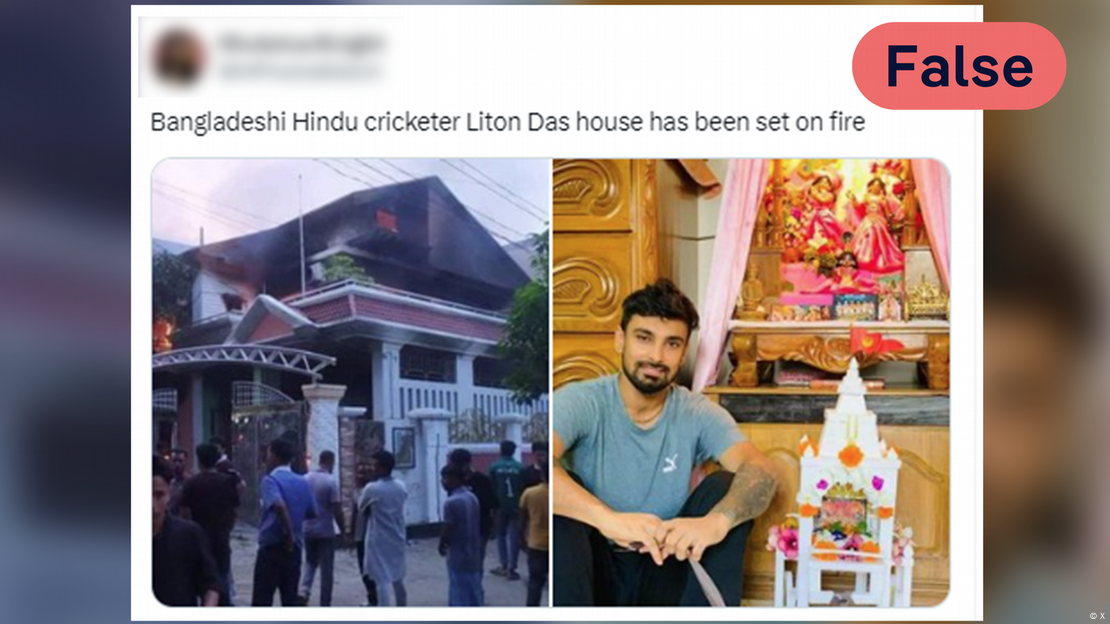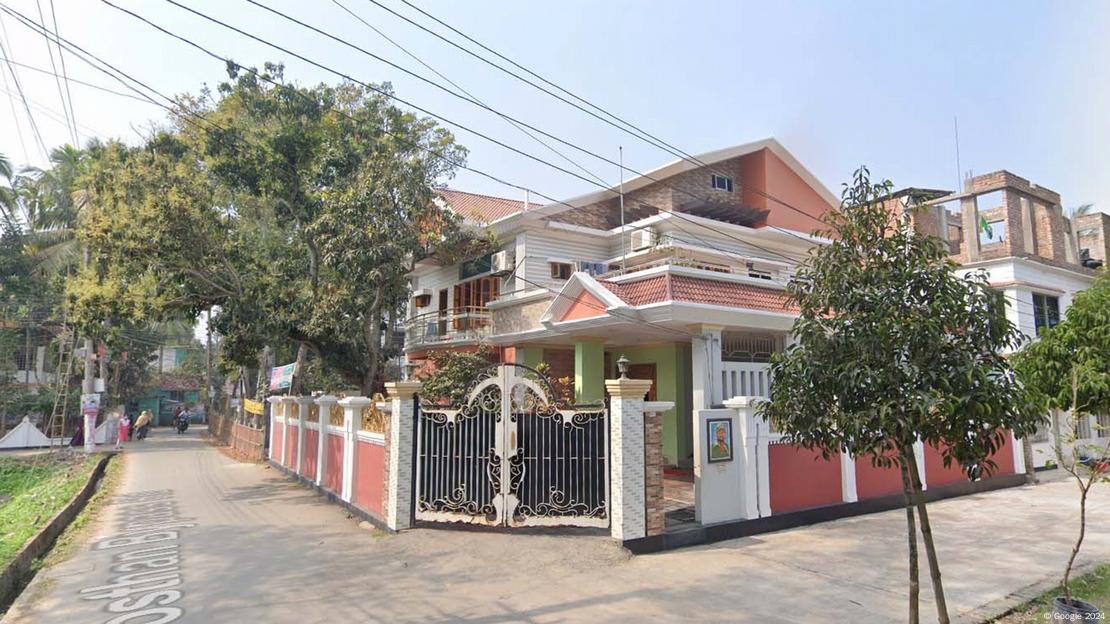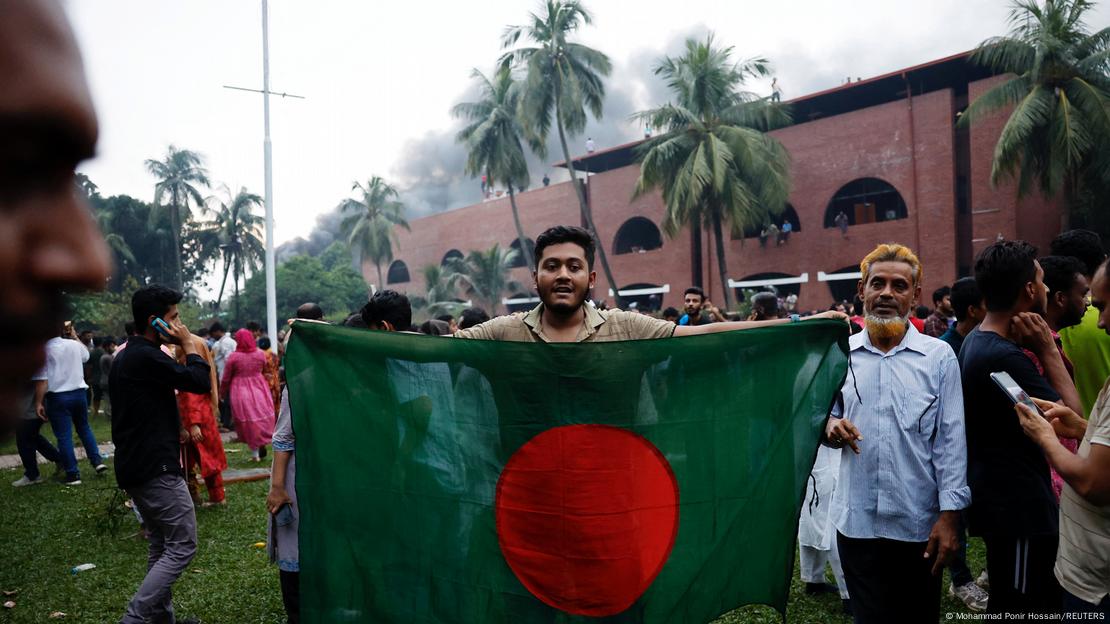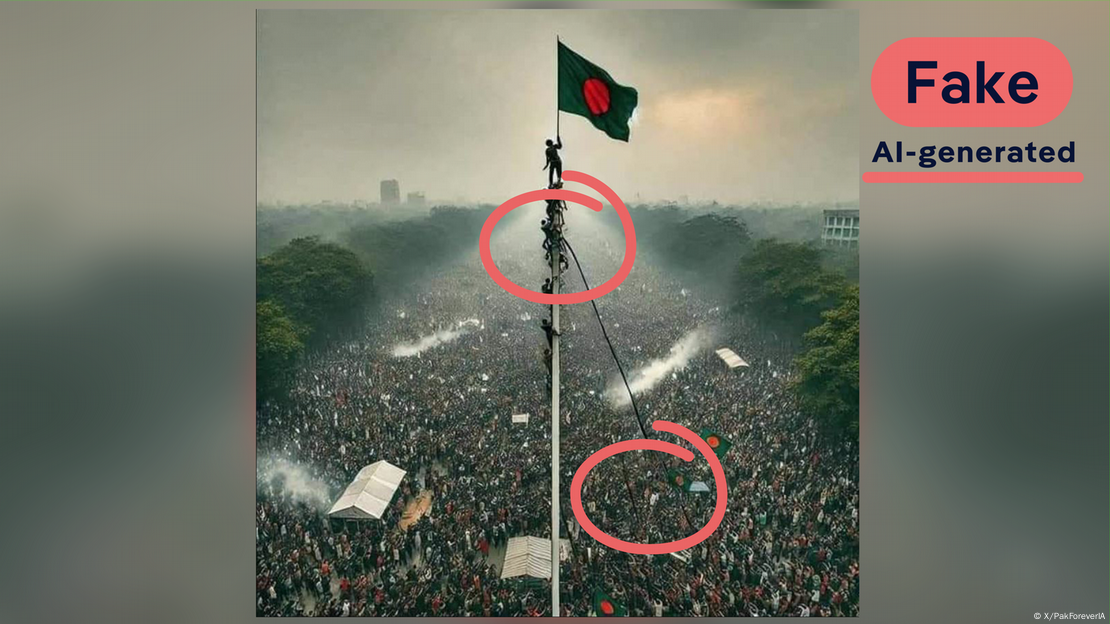Republicans are using Vance’s kids and families rhetoric to convince voters to choose them in November, but they are failing when it comes to backing it up. In fact, they’re actively opposing important legislation to help children and parents.
On Thursday, Senate Republicans blocked a bill that would expand the Child Tax Credit — the very policy that Vance has championed and just accused Kamala Harris of opposing. Vance didn’t show up for the vote. Killing the proposal was a loss to roughly 16 million children in low-income working families, who would have benefited from about $700 in tax relief this year. Estimates from the Center on Budget and Policy Priorities show that the proposal would have lifted at least 500,000 children above the poverty line and raised the family incomes for at least 5 million more poor children.
The Child Tax Credit isn’t just the most effective policy tool for pulling children out of poverty — it’s also one of the most popular legislative proposals in the country right now. The current bill had bipartisan support when it passed the House in a 357-70 vote in January. Polling showed that 69% of Americans supported the proposal, including 80% of Democrats, 59% of Republicans and 63% of independents. The legislation even included tax cuts for some businesses’ research and development efforts as well as investments that Republicans have long sought.
Influential business groups made it clear that they wanted the bill to pass. But Republican leadership was able to keep it from getting to a vote, even with a majority of the Senate in favor, because 60 votes are needed to break the filibuster.
The big reason that Republicans killed the Child Tax Credit measure appears to have little to do with policy. Iowa Sen. Charles E. Grassley said the quiet part out loud in January when he noted that it might “make Biden look good.”
Republicans also fought the bigger, temporary expansion of the Child Tax Credit that passed in 2021. That legislation was historic, and poverty among children was reduced by 44% to its lowest level on record while it was in effect. But during the last three years, the party demonstrated that it’s still committed to an economic program that puts tax cuts for large corporations above the well-being of children and families.
At the same time, the GOP has blocked legislation to build a universal pre-K system, enact paid family and medical leave, expand subsidies for child care and improve home care for older people and people with disabilities.
Republicans want to have it both ways, touting their pro-family agenda while blocking pro-family legislation.
Democrats shouldn’t just mock Vance’s “childless cat lady” comments or rely on legal cases, even felony convictions, to make their case in the closing months of this election campaign. The party‘s candidates need to make it clear who is standing up for children and parents.
Increasingly, Republicans are framing the parenting issue as an existential question. Focusing on policy for children and families, they argue, demonstrates a commitment to the future.
This is a debate Democrats should welcome — and one they can handily win.
This op-ed originally appeared in the Los Angeles Times.















